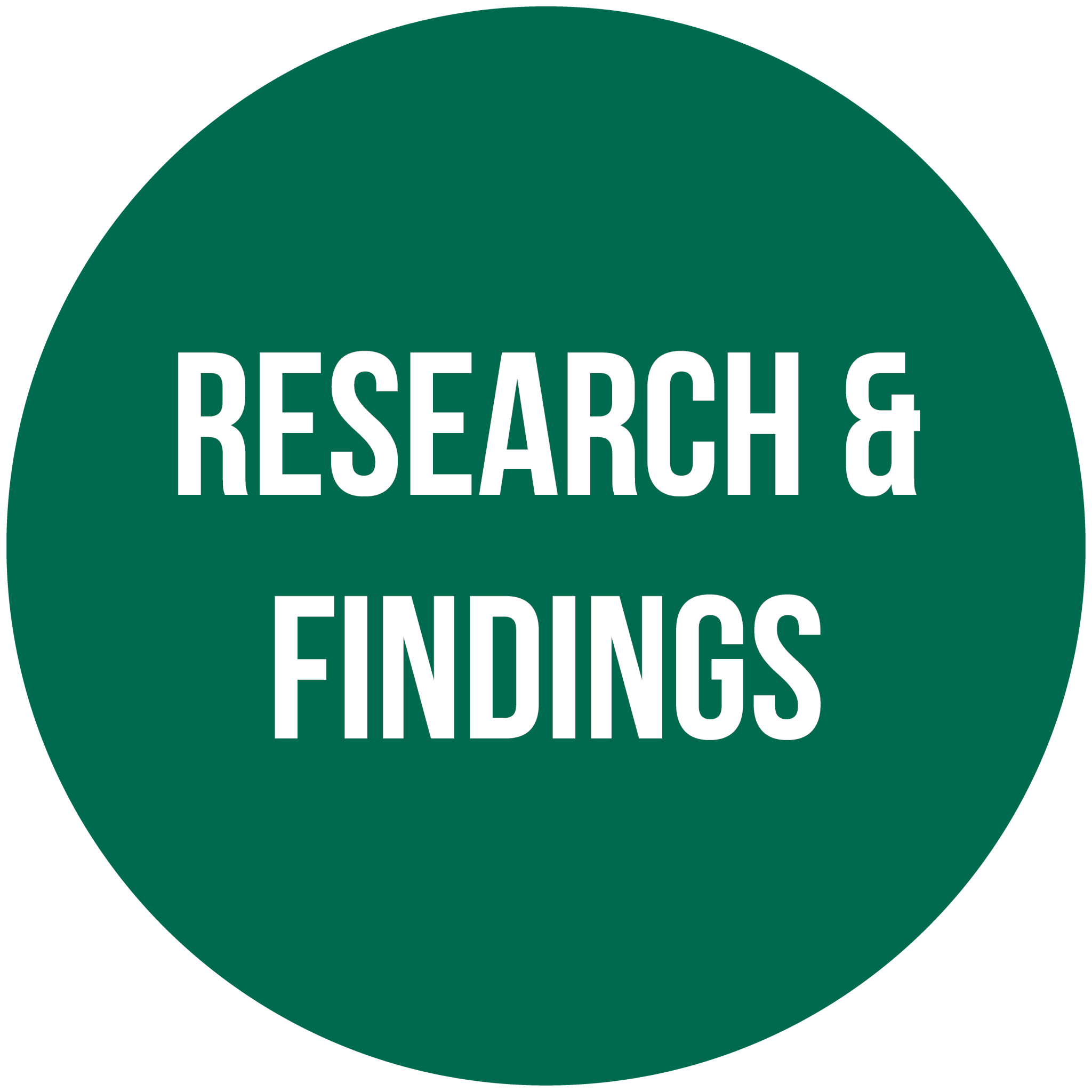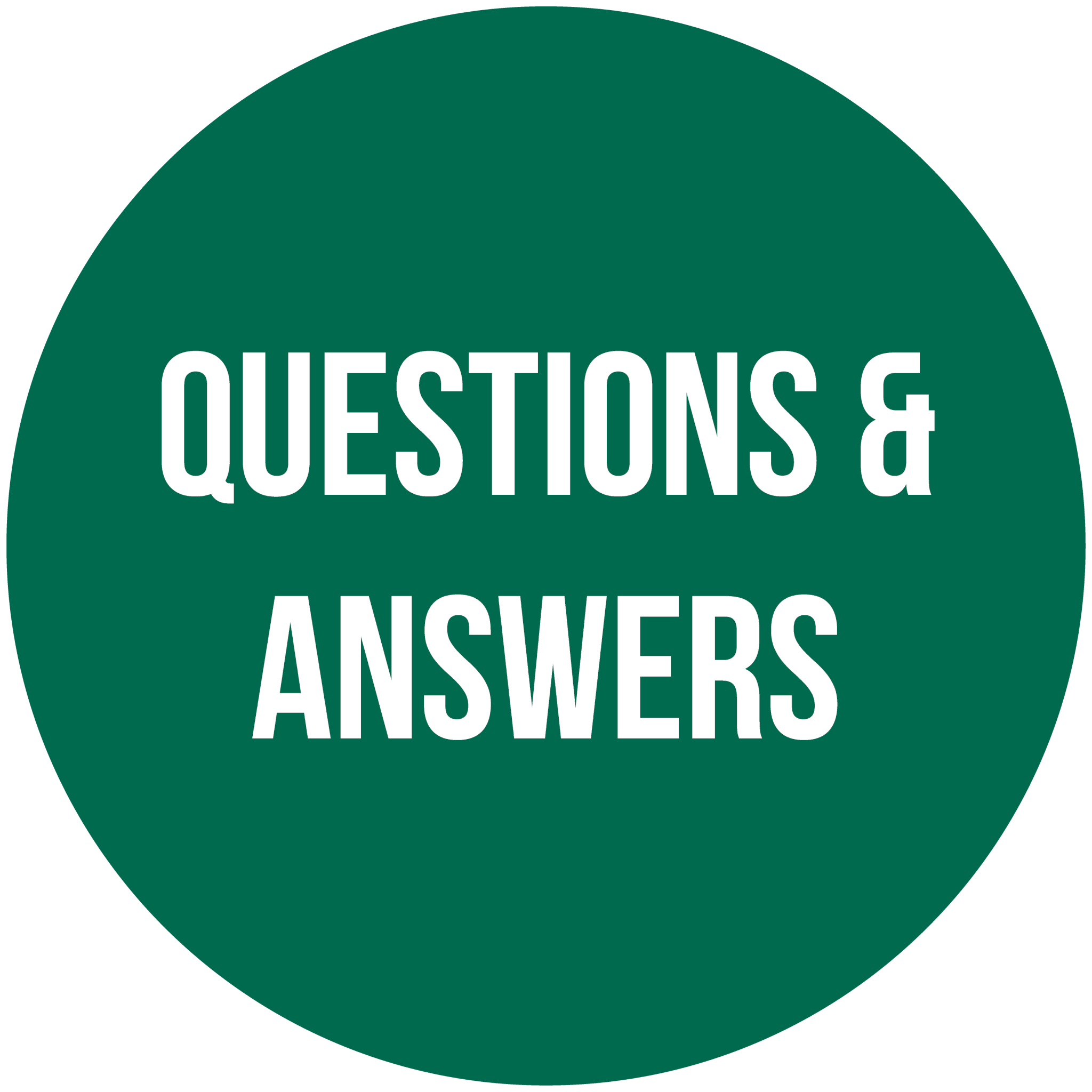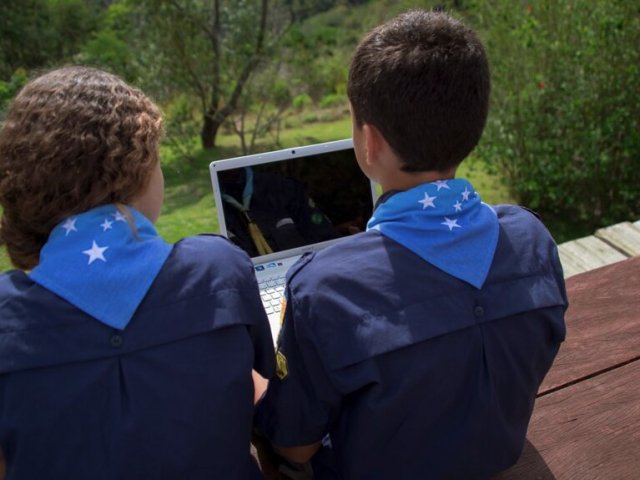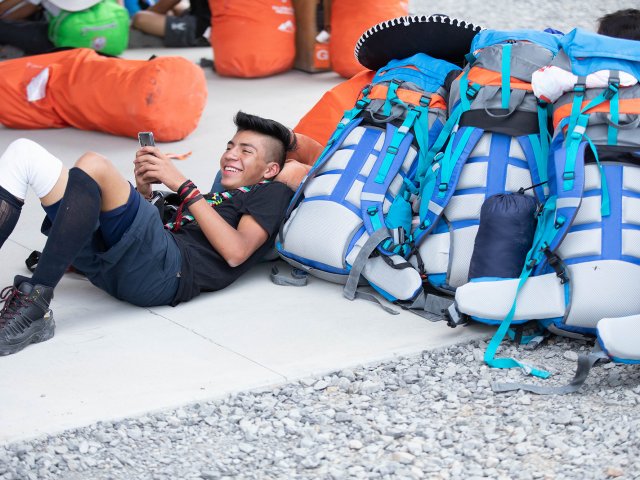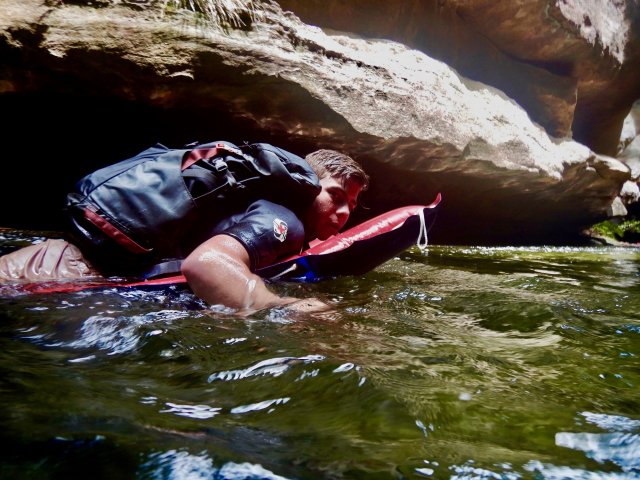Youth Program Review
Questions and Answers
![]()
Still got questions about the Youth Program Review? We might have already answered it below.
What Does YPR Mean?
YPR stands for Youth Program Review – it started back in 2013 when Scouts Australia started to review the whole program from Joey Scouts to Rover Scouts as one, rather than the bit-by-bit reviews we’ve done in the past. With the approval of the new program, we’re no longer in review-phase – the YPR is no more! The result of the YPR is one program across five sections – a familiar journey with exciting new challenges along the way.
What's Included in the YPR?
…Lots! If it’s something that young people do in Scouting, something that supports them to do it, or something fundamental to our organisation (which is, after all, about delivering a program to youth), then it was in scope and up for review. If it’s not related to these things, then it it wasn’t under review, but it might be up for review in the future or need to be tweaked to assist with implementation fo the YPR’s outcomes.
To work out what things we most needed to review, we asked the National Youth Council, who ran an open nation-wide online survey asking people what they thought were the “burning issues” in Scouting today. We asked people like the Branch Commissioners for sections and Branch Chief Commissioners; many of the Branches also ran discussions within their own teams. We listened to people’s feedback to all of our consultation strategies, including attendance at major events, focus groups and online surveys, as well as collected and carefully considered submissions via our website. We commissioned professional research companies to conduct research for us, including talking to young people and their parents who have left Scouting recently, plus surveyed the wider community and our own member families. We came up with a whole range of different avenues to investigate, whilst still keeping our eyes and ears open for more things that may of needed review.
Will The YPR Change Training?
Training is there to support the delivery of Scouting and more specifically the delivery of the youth program. If we change what’s in the youth program, then we need to change what we’re teaching in training! Training has been undergoing review concurrently to the development of the new youth program, with both teams working collaboratively to ensure consistency across Adult Training and Development and the Youth Program.
What's "One Journey"? Don't We Have Five Programs? Will the YPR Get Rid of Sections?
You might have heard this one before. The new program is built on a ‘one program’ mind-set, where the program journey is one continuous, consistent and familiar experience, with more and more challenges and exciting opportunities along the way. We know the transitions from one section to another are a difficult time for many Scouts; we’re also super-aware how valuable it is to support them through these transitions to the sections beyond. This is why this ‘one journey’ thing is such a critical part of the new program, and why it underpins so much of what Scouting will be into the future.
One journey is the term used to describe the Symbolic Framework, the element of the Scout Method, that ties the section journey together. It reminds us that every Scout is on a pathway of Personal Progression. The symbolism places each individual Scout on a journey across a mountain range, with each section presenting a new leg and a new challenge in that journey, with a whole range of different routes for the Scout to take along the way.
So what are the quick take-homes of ‘one journey’ and its influence in the new program?:
- There’s more of a focus on each Scout’s individual pathway.
- Each section doesn’t have its own separate program; it’s one program, with familiar experiences and new challenges.
- It provides the Symbolic Framework that sets the tone for each section and the adventures to come after progressing.
- All of us are responsible for encouraging and supporting each Scout’s journey across the mountain range.
Has The Review Been Expensive?
To ensure success, it is important that we invest the appropriate resources into the process. This includes completing the appropriate market research to determine the needs and desires of our wider community, engaging as many of our members as possible, and promoting our work to Scouting and the wider community. Due to the size of our country, our biggest inhibitor is distance. The YPR has regular online meetings but ‘face-to-face’ have been critical critical at key planning and reporting times.
Funding for the YPR has evolved and changed during the life of the review. The long-term goal is for the review to fund itself, meaning that a successful review will retain members longer and motivate others to join Scouting; increased membership means increased revenue. Key funding strategies include –
- The YPR has been coordinated by volunteers with the support of Program Support Team Members from the National Support Team. Meetings have been combined to save travel costs and meeting locations are determined around impact on the budget.
- Current National budgets are being used to fund aspects of the YPR.
- Sponsorship and donations have been sought from the wider community. Already external support has covered some of our travel costs, and other forms of financial support for the review are being organised. Developing a program that supports over 60,000 Australian youth annually creates engagement with different companies and trust funds.
Is The YPR Changing Badges and Major Awards?
The new program isn’t all about the badges.
Yes, you heard that right – say: ‘goodbye Award Scheme and hellooo Achievement Pathways’. The new program puts more focus on the experiences and achievement of personal best, and will see all Scouts challenging themselves through a diverse program of adventurous, fun, challenging and inclusive activities.
Rather than basing the weekly program around completing a specific set of badge requirements, the core of the new program sees all Scouts involved in the participate, assist, lead thing we talked about at point 2. Other achievements (like through the Outdoor Adventure Skills or Special Interest Areas) will happen at an individual level, and (especially in the younger sections) together with other members of the Patrol or Unit.
Are there still badges?! Of course there are! – But they don’t represent the ‘curriculum’ of Scouting. The one journey will take Scouts across the mountain range – the path they take is up to them. Some Scouts will strive to achieve the Peak Award in every section, but that’s not for everyone and that’s totally OK.
This new approach will need to involve some different ways of thinking and operating. This is about thinking outside the box, and taking a more youth-led approach to goal-setting and Personal Progression. After all, Personal Progression is an element of the Scout Method.
The parts of the Achievement Pathways will look very similar for each section. There are some differences, and no, the standard isn’t the same for everyone, but regardless of the section you will see familiarity in the Achievement Pathways.
Are We Going to Get Another New Uniform?
The uniform is one area of Scouts Australia that does not really have much to do with directly supporting the delivery of the youth program, so it did not form part of the Youth Program Review’s scope.
The YPR's Just Copying Canada and Ireland!
Canada and Ireland have both reviewed their programs in recent years, following the same WOSM (World Organization of the Scout Movement) document we are – the Renewed Approach to Program (RAP). This document lays out steps for how to review the program and some of the areas you need to think about it, but it doesn’t provide the answers – we need to decide what young people in contemporary Australia need and what will work for Scouts Australia.
We looked to Canada and Ireland for inspiration and support on our review. They had some fantastic ideas, and there’s no point in reinventing the wheel. But we also didn’t just take their ideas an implement them. There was some adaptation and tweaking to make them work for Scouts in Australia. We also looked at other countries for their great ideas, including New Zealand and the UK. All of these countries have been doing different things to each other, so we couldn’t follow them all at once – we have to do our own thing sometimes too!
"This Is Just A Bunch of Old Men Making Decisions In A Back Room In Sydney!"
Actually, this review is the most intergenerational and open review we’ve done in years, maybe ever! Our coordinating team has a majority of its members under-30, and we’ve been aiming for every team we appoint to be led by someone under-30 – so far we’ve pretty much achieved that! A great deal of our people are also involved in different roles at the local level.
We advertised positions to be on our research teams openly and widely and have been very excited to see how many great people have ‘come out of the woodwork’. We’re sharing our work as it’s developed, offering our members many opportunities to be involved in different ways through our consultation strategies at every stage of the review, and taking their feedback equally. We’re also learning by doing. We’re not going to get every strategy right the first time and we’re constantly reviewing how we run this change program and how we support our people.
Nothing Real Will Come of This, It's Pointless!
In fact, there is change happening! We’re starting to implement the outcomes of the review in real Scout Groups around Australia called the Pioneer Scout Groups. These groups are putting to test the work of a lot of people, and providing feedback on how it works to ensure nation wide implementation is successful once launched at AJ2019.
"It It Ain't Broke, Don't Fix It"
Unfortunately, our research tells us that it is broke, or at least some of it. In 2012 we recruited 19,105 young people, but we lost 18,858! . In 1990, Australia had a population of 17 million people and there were 93,000 young people in Scouting; in 2014, Australia had a population of 23 million but Scouting only had 52, 000 youth members. Young people vote with their feet, and unfortunately it seems that many of them don’t want to vote for Scouting anymore.
Our research tells us that some of our biggest issues are that society has changed… but we haven’t…that we aren’t getting outdoors enough, that young people want to see the purpose behind what they’re doing, and many aren’t, that we’re very inconsistent in our delivery of Scouting, that Scouting is falling as an increasingly lower priority below school and/or other extra-curricular activities, and that ineffective Leaders were the second biggest reason for young people leaving the Movement.
We kept all these things in mind when doing our review and research, and have designed a new youth program to combat these issues. We’re aiming to arrest our membership decline and to ensure that we are delivering the best youth development program we can.
What Resources Will Be Produced As Part Of The Review?
Resources are already being provided to support the new youth program. In addition to new Record Books, factsheets and support guides, we’ve manufactured SPICES cards and Plan > Do > Review > Balls to help support the new program.
Who Are The Ground Breakers and Pioneers?
The Ground Breakers and the Pioneers of the Youth Program Review were the first Scout Groups to see, feel, experience and define a future youth program for Scouts Australia. These Scout Groups are a selection of Scout Groups who are testing, developing, providing feedback on, shaping and evolving the New Program Concepts.
Our Ground Breakers were a few Scout Groups in and around Melbourne, Victoria. Once these Groups were underway, we began training our Pioneer Scout Groups around Australia, with the first Groups running the new program from the start of 2018.
The selection criteria for each trial Scout Group depended on their Branch. But in general, an application process was opened with the following criteria was considered:
- The Group must have most Sections actively operating.
- The Group must be in close proximity to members of the support network to allow hands on support to be available.
- All Sections of the Group must agree to participate.
- Adults and youth from the Group must accept the challenge of trialling the New Program Concepts.
- Representatives from the Group must be inducted in the new program by attending a training event.
This important stage of the Youth Program Review provided valuable feedback on the practicalities of the concepts for Scouting, while helping to shape the implementation of the new youth program for all Scout Groups across Australia.
Will Youth Be Disadvantaged By The New Youth Program?
Absolutely not! Arrangements are in place to ensure youth are not disadvantaged by the transition to the new youth program. This includes a seamless transition to the new Achievement Pathways to ensure their previously completed efforts are recognised on the new system.
All youth members are still able to access benefits that were available to them before the implementation. Some opportunities that remain for Scouts on the new youth program includes, but not limited to:
- University or higher education entry arrangements
- Presentations at Government House
- Involvement in local, Branch, national and international Scouting events
When Can I Begin The New Youth Program?
The new program was approved in July 2018 at a national level by all the Branches. While it’ll be ‘launched’ at AJ2019, not all Groups or Branches will be running the new program next year, or taking the same path to implementation. Some Groups may not be using the new program fully for a few years yet.
Some Branches are transitioning clusters of Groups onto the new program in a rolling approach, and by December 2021 we aim to have transitioned all Groups. Some Branches are focusing on components of the Program and implementing them across the whole Branch at once. No matter the journey your Branch takes to get there, the end result is the same, and you’ll continue to hear more from your Branch about your implementation model. It’s expected that all Groups will have at least started the transition to the new program by AJ2022.
Regardless of when you get onto the new program, take note of the points above, many of them you can start considering or trying already.
How Does the Adventure Begins Fit With All This?
The Adventure Begins is a section challenge initiative launched in 2018 to prepare Scout Groups fro the implementation of the New Youth Program from 2019. It’s the first step in any Scout Group’s transition to the new program. More importantly, this is about providing targets for best-practice Scouting, and a great reminder about ways to make sure our program is the best it can be. It gives your section targets for:
- Plan > Do > Review >
- SPICES
- The Scout Method
- Community Involvement
- Promise & Law
- Youth Leading, Adults Supporting
- Section Councils
It’s not too late to build The Adventure Begins toolkit into your Scouting program – get on it for when you start the New Youth Program! Work through the checklist with your section council – each group of checklist items you complete earns a scarf ring for your section.
What Are The Challenge Areas?
We’ve talked a lot about having a diverse program – this is where the Challenge Areas come in! These are four categories we use to Plan > the program.
Have you involved CREATIVE, COMMUNITY, OUTDOOR and PERSONAL GROWTH opportunities in your recent section program? These four categories make up the Challenge Areas, and help us brainstorm ideas for activities, with the help of some support tools if we need them.
Maybe you’ve planned the program in a similar way before using SPICES (Social, Physical, Intellectual, Character, Emotional and Spiritual development). Keep in mind, SPICES development will be different for each Scout, so we don’t use these to Plan > the program in this way – SPICES is a great tool for Reviewing > though!
A Plan > Do > Review > of your program will help to identify areas to work on to make your program more diverse. It could be that you’re lacking in a Challenge Area, or maybe that you need to improve the use of the Scout Method. Maybe the program isn’t providing enough of an opportunity to development in one of the SPICES. All are possibilities, and a process of Plan > Do > Review > will help identify these issues and improve the next Unit program. Tools will be there to help you along the way.


